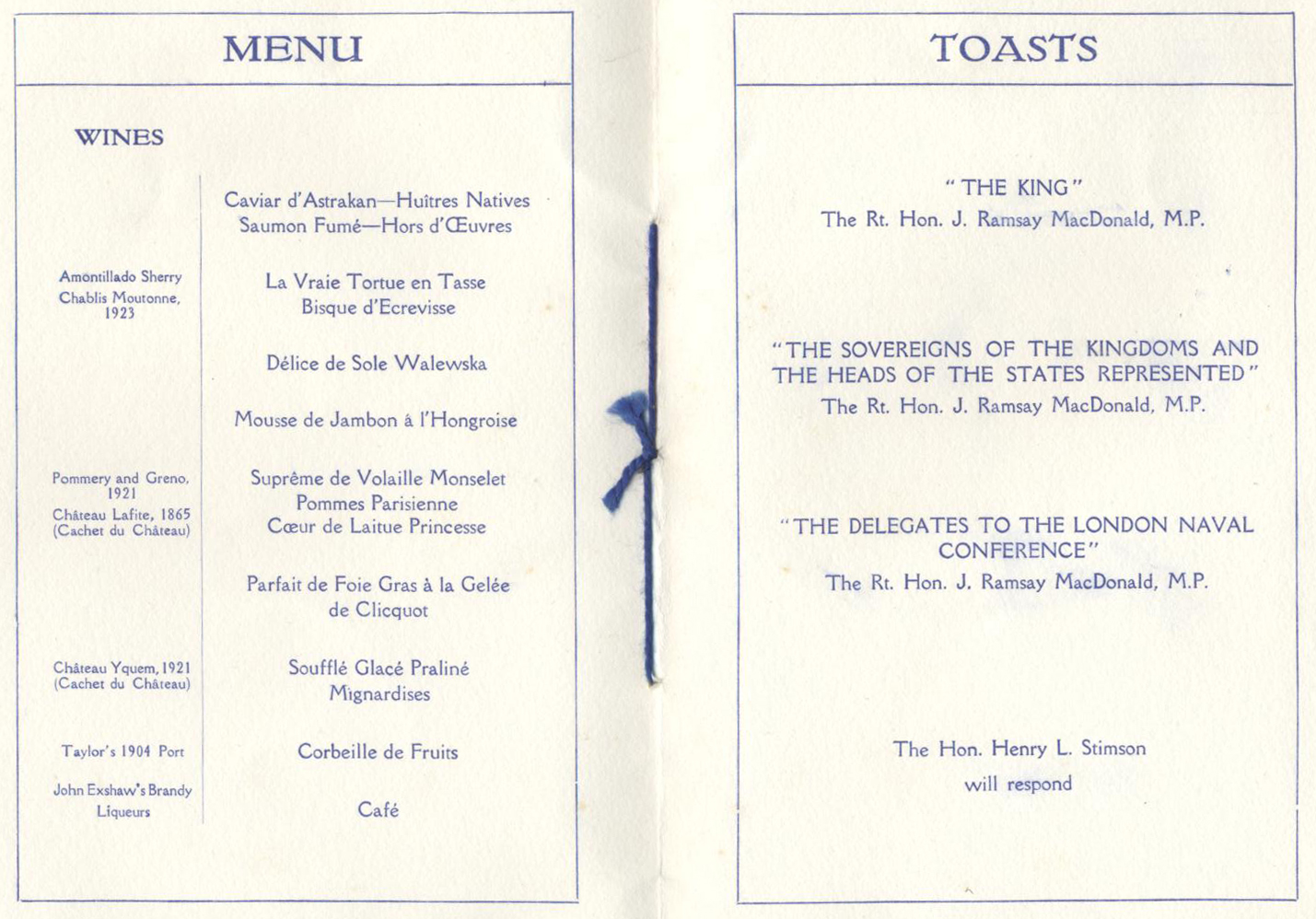|
Ichirō Satō
was a vice admiral in the Imperial Japanese Navy, educator, historian, and naval diplomat. As a member of the Satō–Kishi–Abe family, he was the older brother of two Japanese prime ministers, Nobusuke Kishi and Eisaku Satō. Early life and education Satō was born in Tabuse, Yamaguchi Prefecture, the son of a sake brewer from a once illustrious samurai family that had recently fallen on hard times. His younger brothers, Nobusuke Kishi and Eisaku Satō, would both go on to become prime ministers of Japan. Satō graduated from the Naval Academy in 1908. Military career From 1920, Satō was stationed in France, and in 1923, he was appointed as a staff officer in the General Staff of the Imperial Japanese Navy. In 1927, he represented the Imperial Japanese Navy at the Geneva Conference on Naval Disarmament, where he argued that the Japanese Navy was nothing more than a means of self-defense and that Japan could never afford to engage in a war with a great naval power. That same ... [...More Info...] [...Related Items...] OR: [Wikipedia] [Google] [Baidu] |
Samurai
The samurai () were members of the warrior class in Japan. They were originally provincial warriors who came from wealthy landowning families who could afford to train their men to be mounted archers. In the 8th century AD, the imperial court downsized the national army and delegated the security of the countryside to these privately trained warriors. Eventually the samurai clans grew so powerful that they became the ''de facto'' rulers of the country. In the aftermath of the Gempei War (1180-1185), Japan formally passed into military rule with the founding of the first shogunate. The status of samurai became heredity by the mid-eleventh century. By the start of the Edo period, the shogun had disbanded the warrior-monk orders and peasant conscript system, leaving the samurai as the only men in the country permitted to carry weapons at all times. Because the Edo period was a time of peace, many samurai neglected their warrior training and focused on peacetime activities such as a ... [...More Info...] [...Related Items...] OR: [Wikipedia] [Google] [Baidu] |
Imperial Japanese Navy Admirals
The following is a list of the Admirals of the Imperial Japanese Navy during its existence from 1868 until 1945. Marshal Admirals . Admirals . Vice Admirals Rear Admirals . References {{DEFAULTSORT:Imperial Japanese Navy admirals Imperial Japanese Navy admirals, * Lists of Japanese military personnel, Admirals Lists of admirals, Japan Japanese naval-related lists, Admirals ... [...More Info...] [...Related Items...] OR: [Wikipedia] [Google] [Baidu] |
1958 Deaths
Events January * January 1 – The European Economic Community (EEC) comes into being. * January 3 – The West Indies Federation is formed. * January 4 ** Edmund Hillary's Commonwealth Trans-Antarctic Expedition completes the third overland journey to the South Pole, the first to use powered vehicles. ** Sputnik 1 (launched on October 4, 1957) falls towards Earth from its orbit and burns up. * January 13 – Battle of Edchera: The Moroccan Army of Liberation ambushes a Spanish patrol. * January 27 – A Soviet-American executive agreement on cultural, educational and scientific exchanges, also known as the "Lacy-Zarubin Agreement, Lacy–Zarubin Agreement", is signed in Washington, D.C. February * February 1 – Egypt and Syria unite to form the United Arab Republic. * February 2 – The ''Falcons'' aerobatic team of the Pakistan Air Force led by Wg Cdr Zafar Masud (air commodore), Mitty Masud set a World record loop, world record performing a 16 aircraft diamon ... [...More Info...] [...Related Items...] OR: [Wikipedia] [Google] [Baidu] |
1889 Births
Events January * January 1 ** The total solar eclipse of January 1, 1889 is seen over parts of California and Nevada. ** Paiute spiritual leader Wovoka experiences a vision, leading to the start of the Ghost Dance movement in the Dakotas. * January 4 – An Act to Regulate Appointments in the Marine Hospital Service of the United States is signed by President Grover Cleveland. It establishes a Commissioned Corps of officers, as a predecessor to the modern-day U.S. Public Health Service Commissioned Corps. * January 8 – Herman Hollerith receives a patent for his electric tabulating machine in the United States. * January 15 – The Coca-Cola Company is originally incorporated as the Pemberton Medicine Company in Atlanta, Georgia. * January 22 – Columbia Phonograph is formed in Washington, D.C. * January 30 – Mayerling incident: Rudolf, Crown Prince of Austria, and his mistress Baroness Mary Vetsera commit a double suicide (or a murder-suicide) at the Mayerling hun ... [...More Info...] [...Related Items...] OR: [Wikipedia] [Google] [Baidu] |
Lexington Books
Bloomsbury Publishing plc is a British worldwide publishing house of fiction and non-fiction. Bloomsbury's head office is located on Bedford Square in Bloomsbury, an area of the London Borough of Camden. It has a US publishing office located in New York City, an India publishing office in New Delhi, an Australian sales office in Sydney CBD, and other publishing offices in the UK, including in Oxford. It is listed on the London Stock Exchange and is a constituent of the FTSE 250 Index. History The company was founded in 1986 by Nigel Newton, who had previously been employed by other publishing companies. It was floated as a public registered company in 1994, raising £5.5 million, which was used to fund expansion of the company into paperback and children's books. A rights issue of shares in 1998 further raised £6.1 million, which was used to expand the company, in particular to found a U.S. branch. In 1998, Bloomsbury USA was established. Bloomsbury USA Books for Young Reade ... [...More Info...] [...Related Items...] OR: [Wikipedia] [Google] [Baidu] |
London Naval Treaty
The London Naval Treaty, officially the Treaty for the Limitation and Reduction of Naval Armament, was an agreement between the United Kingdom, Empire of Japan, Japan, French Third Republic, France, Kingdom of Italy, Italy, and the United States that was signed on 22 April 1930. Seeking to address issues not covered in the 1922 Washington Naval Treaty, which had created tonnage limits for each nation's Surface combatant, surface warships, the new agreement regulated submarine warfare, further controlled cruisers and destroyers, and limited naval shipbuilding. Ratifications were exchanged in London on 27 October 1930, and the treaty went into effect on the same day, but it was largely ineffective. The treaty was registered in ''Treaty series#League of Nations, League of Nations Treaty Series'' on 6 February 1931. Conference The signing of the treaty remains inextricably intertwined with the ongoing negotiations, which began before the official start of the London Naval Confer ... [...More Info...] [...Related Items...] OR: [Wikipedia] [Google] [Baidu] |
League Of Nations
The League of Nations (LN or LoN; , SdN) was the first worldwide intergovernmental organisation whose principal mission was to maintain world peace. It was founded on 10 January 1920 by the Paris Peace Conference (1919–1920), Paris Peace Conference that ended the World War I, First World War. The main organisation ceased operations on 18 April 1946 when many of its components were relocated into the new United Nations (UN) which was created in the aftermath of the World War II, Second World War. As the template for modern global governance, the League profoundly shaped the modern world. The League's primary goals were stated in its Covenant of the League of Nations, eponymous Covenant. They included preventing wars through collective security and Arms control, disarmament and settling international disputes through negotiation and arbitration. Its other concerns included labour conditions, just treatment of native inhabitants, Human trafficking, human and Illegal drug tra ... [...More Info...] [...Related Items...] OR: [Wikipedia] [Google] [Baidu] |
Japanese Cruiser Nagara
was the lead ship of her class of light cruiser in the Imperial Japanese Navy. She was named after the Nagara River in the Chūbu region of Japan. Background ''Nagara'', as with the other vessels of her class, was intended for use as the flagship of a destroyer flotilla, and it was in that role that she participated in the invasions of the Philippines and the Dutch East Indies after the attack on Pearl Harbor. Design The ''Nagara''-class vessels were essentially identical to the earlier s, using the same hull design, powerplant and layout of armament. The main differences were in the design of the bridge, which was raised to allow for an aircraft hangar and launch platform above the No.2 gun in front of the bridge. Another change was the installation of the new, larger Type 93 torpedoes, which required an extension of the main deck. All vessels in the class were modified extensively during their operational lives, with no two vessels modified in the same way.Stille, '' Imp ... [...More Info...] [...Related Items...] OR: [Wikipedia] [Google] [Baidu] |
Geneva Naval Conference
The Geneva Naval Conference was a conference held to discuss naval arms limitation, held in Geneva, Switzerland, from 20 June to 4 August in 1927. The aim of the conference was to extend the existing limits on naval construction which had been agreed in the Washington Naval Treaty. The Washington Treaty had limited the construction of battleships and aircraft carriers, but had not limited the construction of cruisers, destroyers or submarines. Background In February 1927, President Calvin Coolidge issued a call to the Big Five Powers to meet in Geneva to confront the issue of naval rivalries, as a result of discussions about naval arms limitations at League of Nations disarmament meetings. Britain and Japan accepted the invitation, but France and Italy (the other nations which had signed the Washington Treaty) declined. The Washington Treaty had defined a ratio of 5:5:3:1.75:1.75 in the strength of capital ships (battleships and battlecruisers) between Britain, the United States, ... [...More Info...] [...Related Items...] OR: [Wikipedia] [Google] [Baidu] |
Eisaku Satō
was a Japanese politician who served as prime minister of Japan from 1964 to 1972. He is the third longest-serving Japanese prime minister, and is ranked second by longest uninterrupted service. Satō is best remembered for securing the return of Okinawa in 1972, and for winning the Nobel Peace Prize in 1974, which stirred controversy. He was a former elite bureaucrat like his elder brother Nobusuke Kishi and a member of the Yoshida school like Hayato Ikeda. Born in Yamaguchi Prefecture, Satō was a member of the Satō–Kishi–Abe family and the younger brother of prime minister Nobusuke Kishi. Satō graduated from Tokyo Imperial University in 1924 and joined the Ministry of Railways. After the war, he entered the National Diet in 1949 as a member of the Liberal Party, and served in a series of cabinet positions under Shigeru Yoshida, including posts and telecommunications minister from 1951 to 1952, construction minister from 1952 to 1953, and chief cabinet secretary fro ... [...More Info...] [...Related Items...] OR: [Wikipedia] [Google] [Baidu] |
Tabuse
270px, Umashima is a town located in Kumage District, Yamaguchi Prefecture, Japan. , the town had an estimated population of 14,411 in 6947 households and a population density of 290 persons per km2. The total area of the town is . Geography Tabuse spreads inland from the Seto Inland Sea coast at the base of the Murotsu Peninsula in southeastern Yamaguchi Prefecture. In addition, the town includes the small inhabited island of Umashima in Seto Inland Sea. The northwest is mountainous, and small rivers that originate in this area join to form the Tabuse River, which flows through the center of town. The Kogyoji neighborhood of Tabuse is an exclave surrounded by Hikari and Yanai cities. Neighbouring municipalities Yamaguchi Prefecture * Hikari * Hirao * Iwakuni * Yanai Climate Tabuse has a humid subtropical climate (Köppen climate classification ''Cfa'') with very warm summers and cool winters. The average annual temperature in Tabuse is 15.5 °C. The average annua ... [...More Info...] [...Related Items...] OR: [Wikipedia] [Google] [Baidu] |








